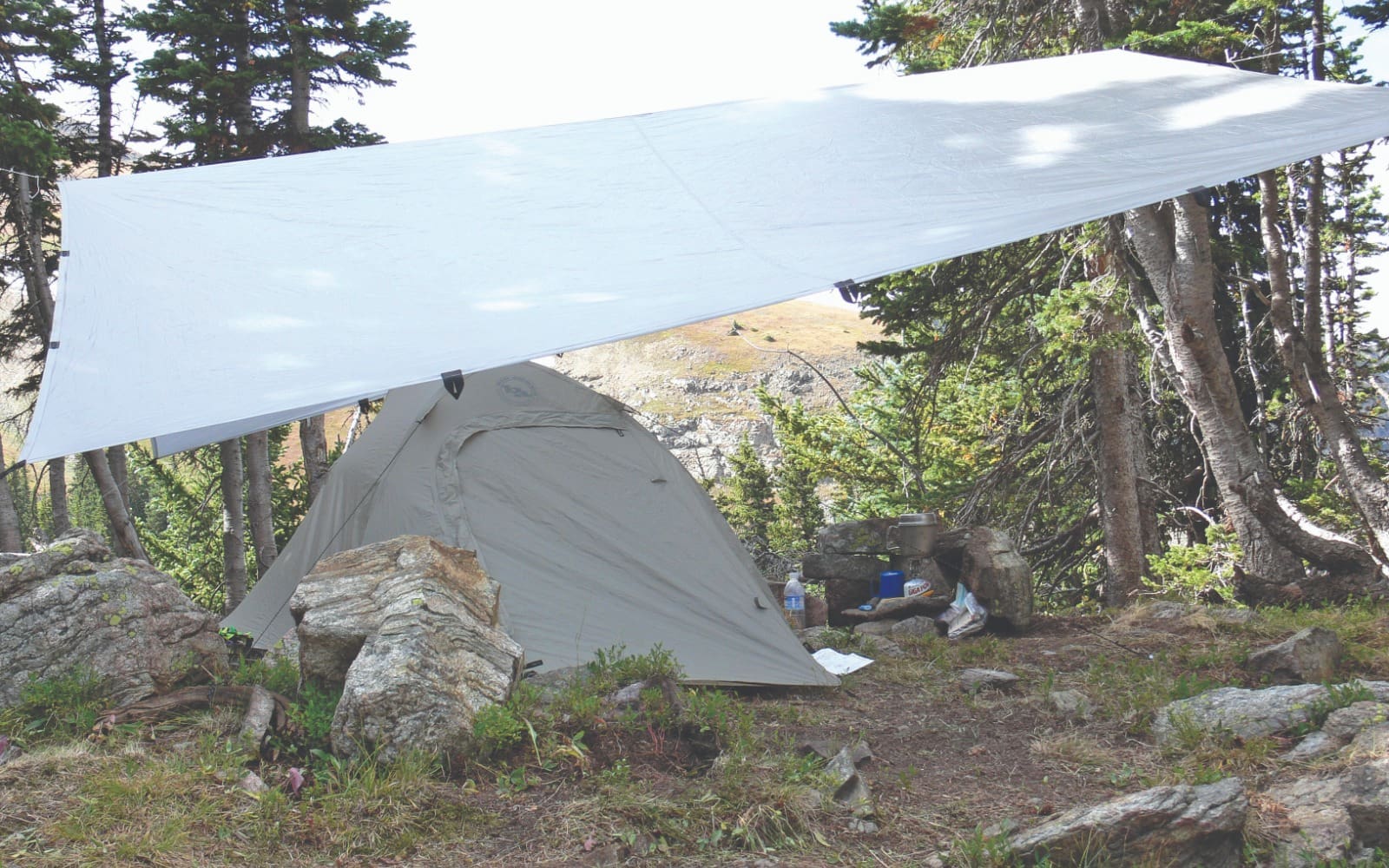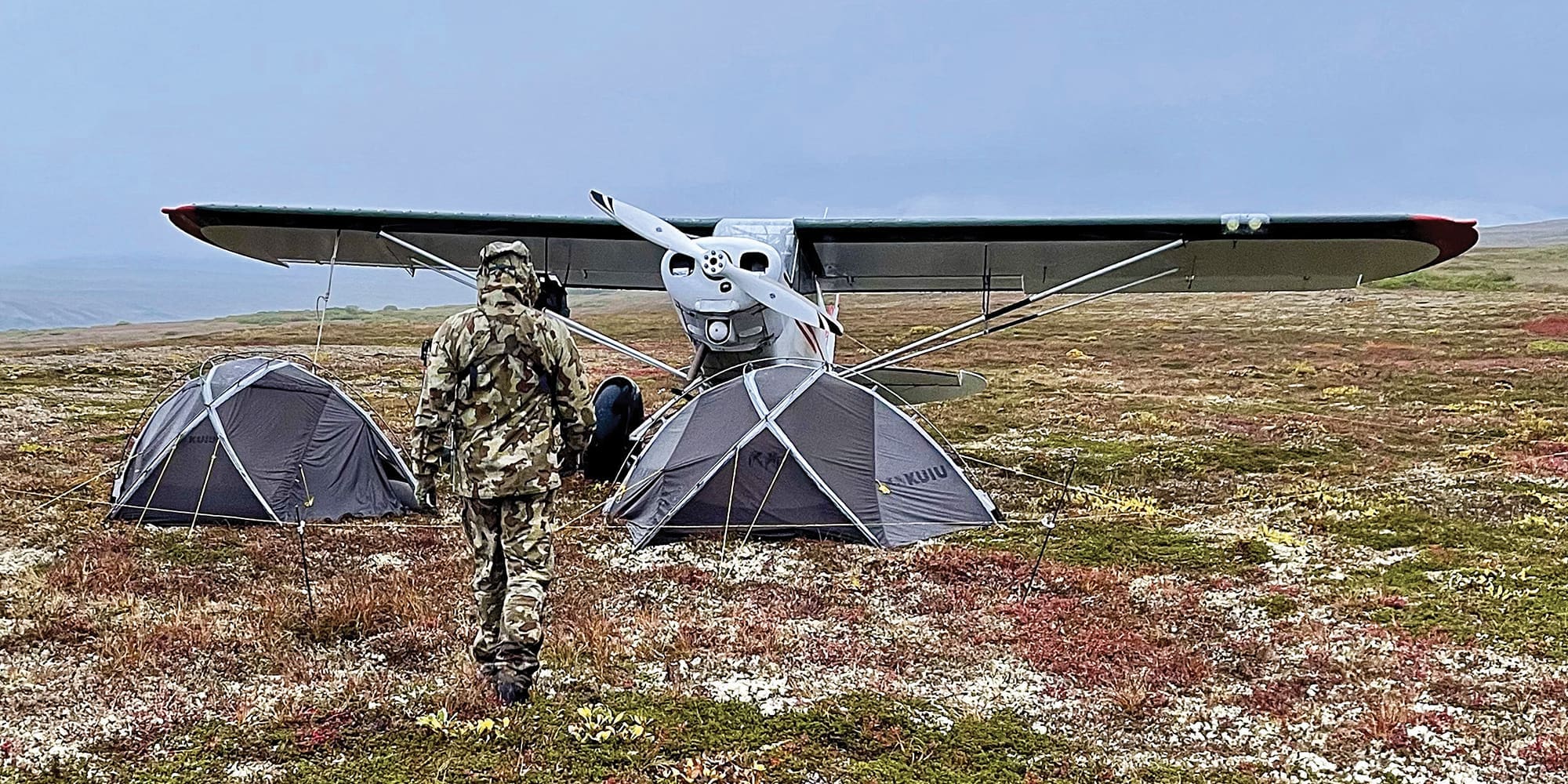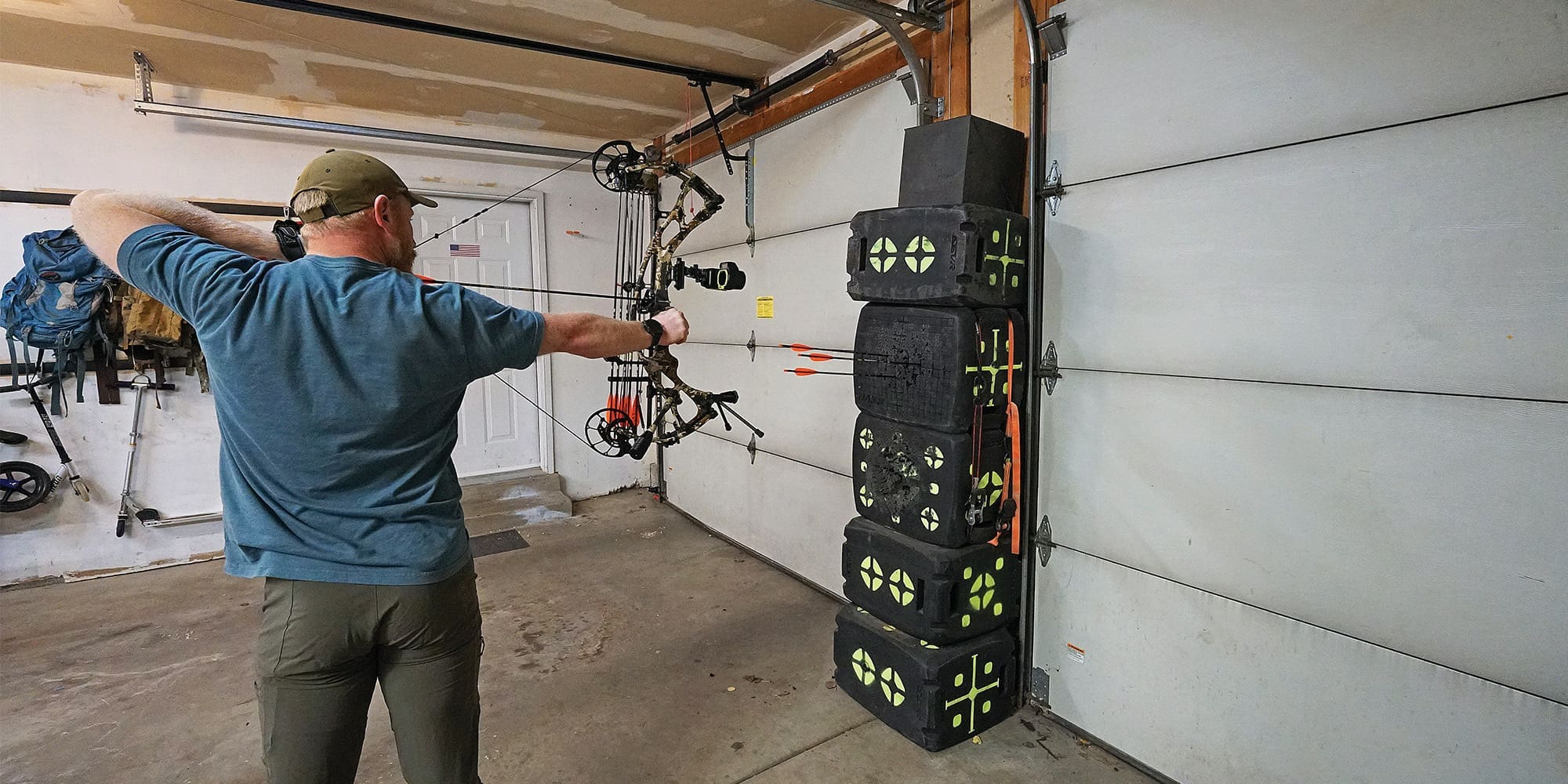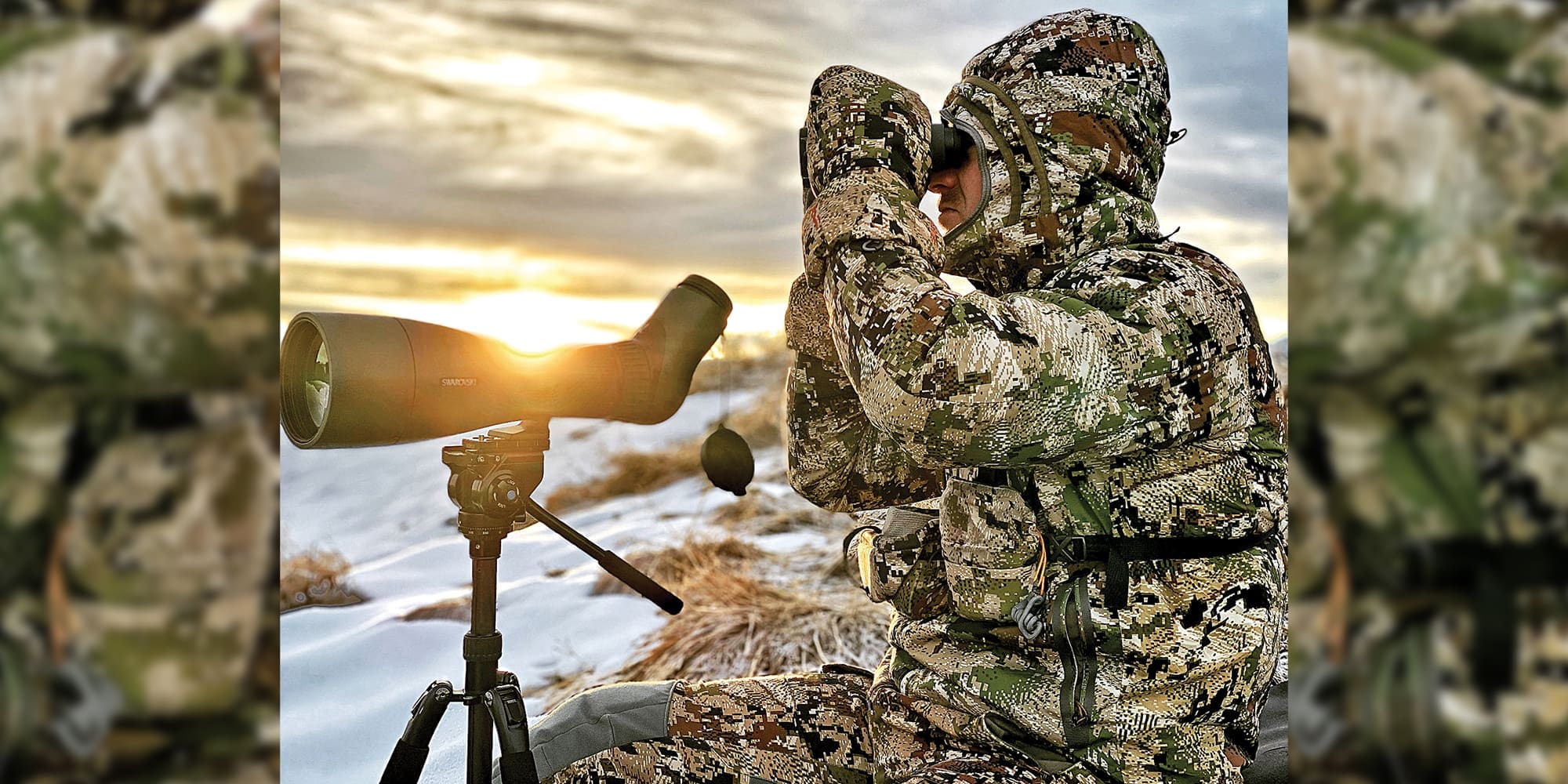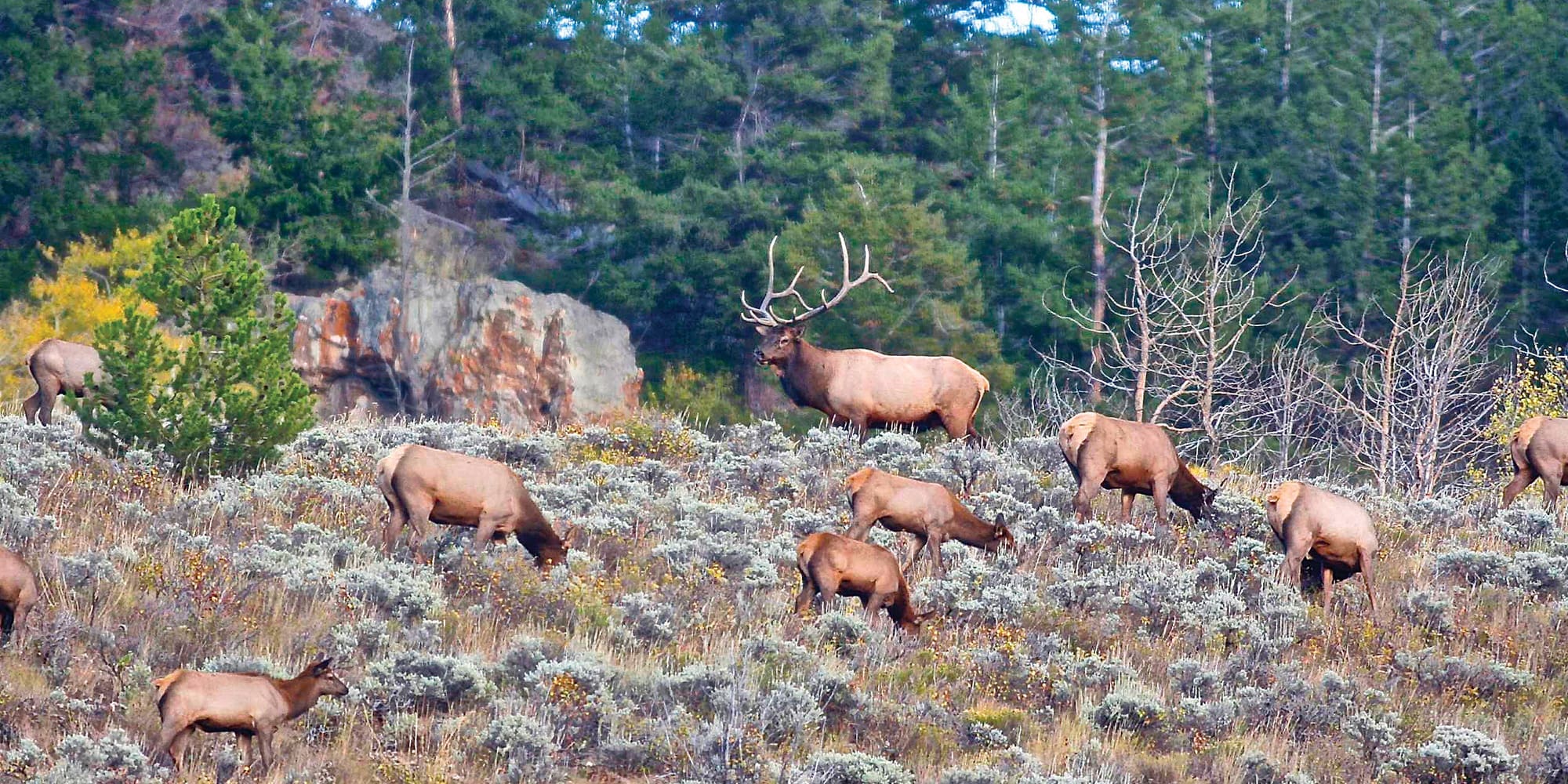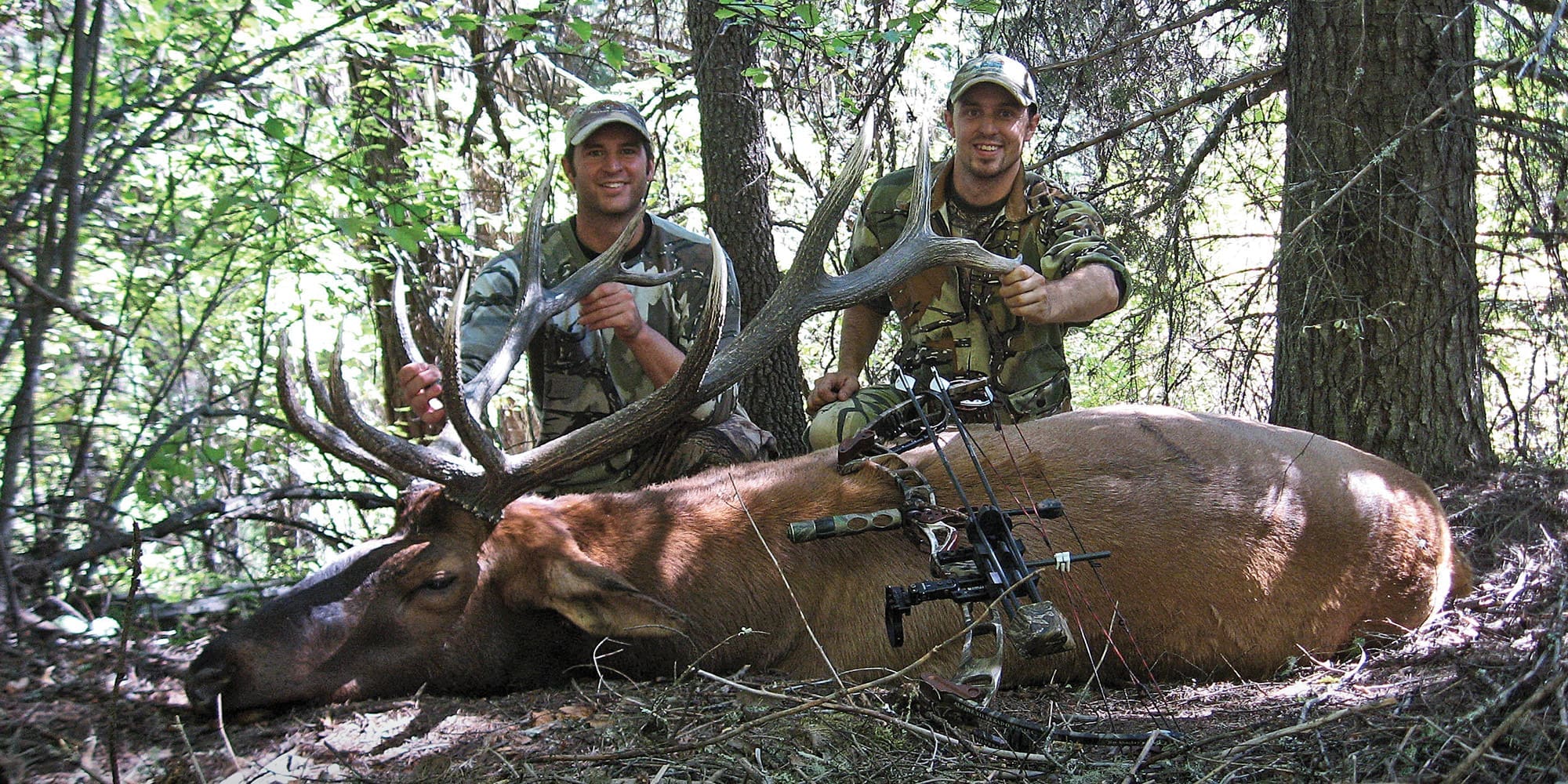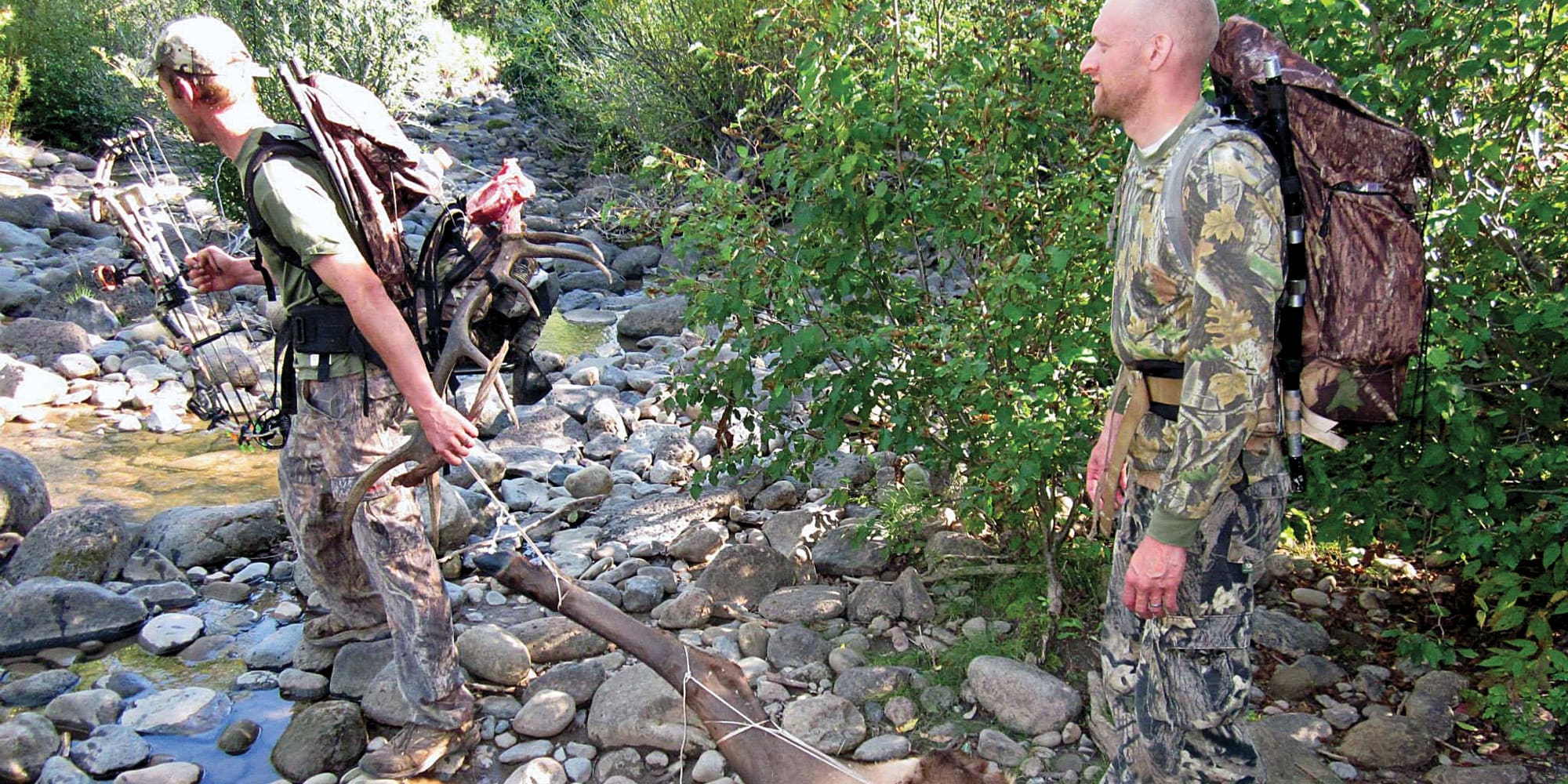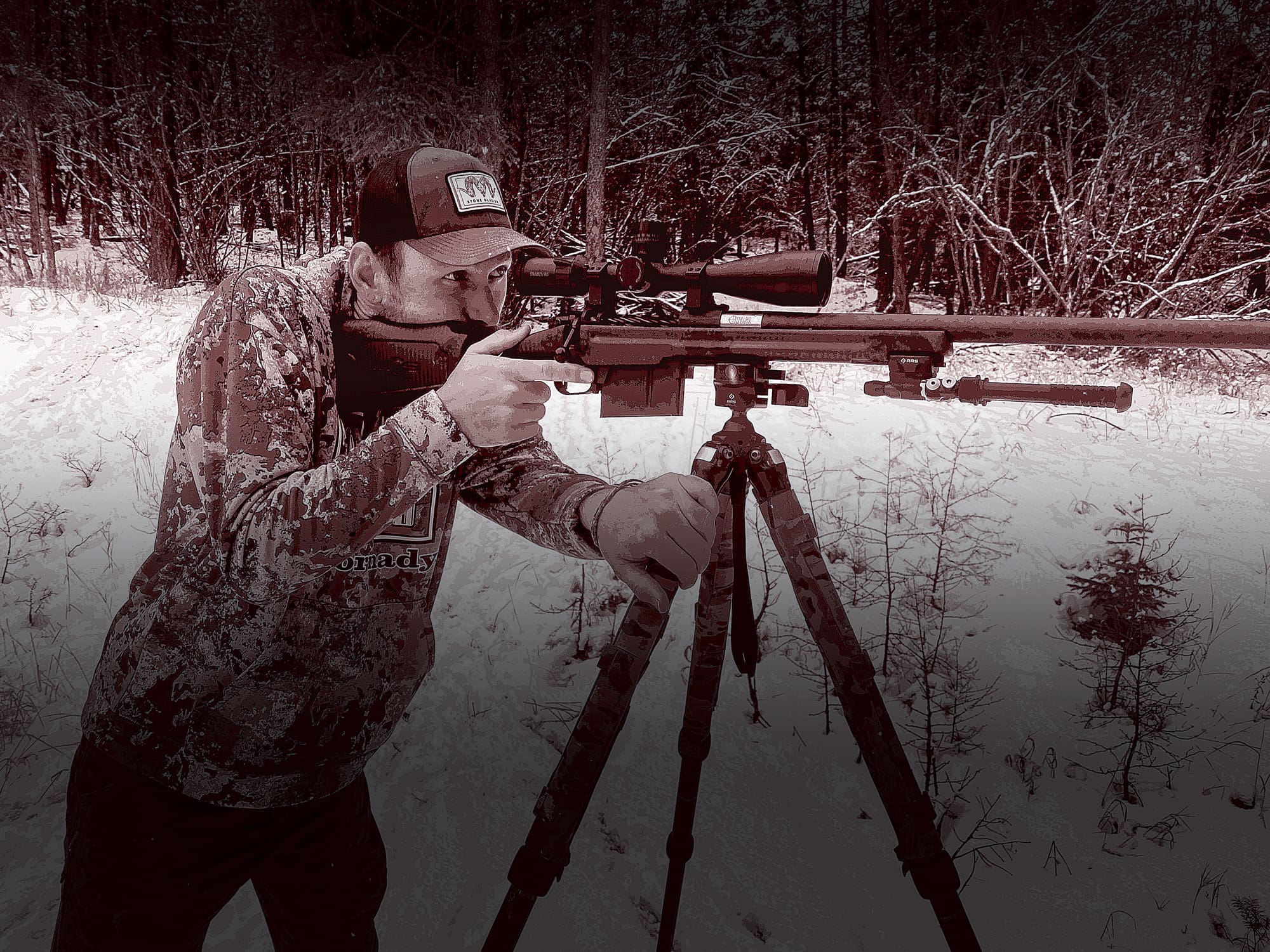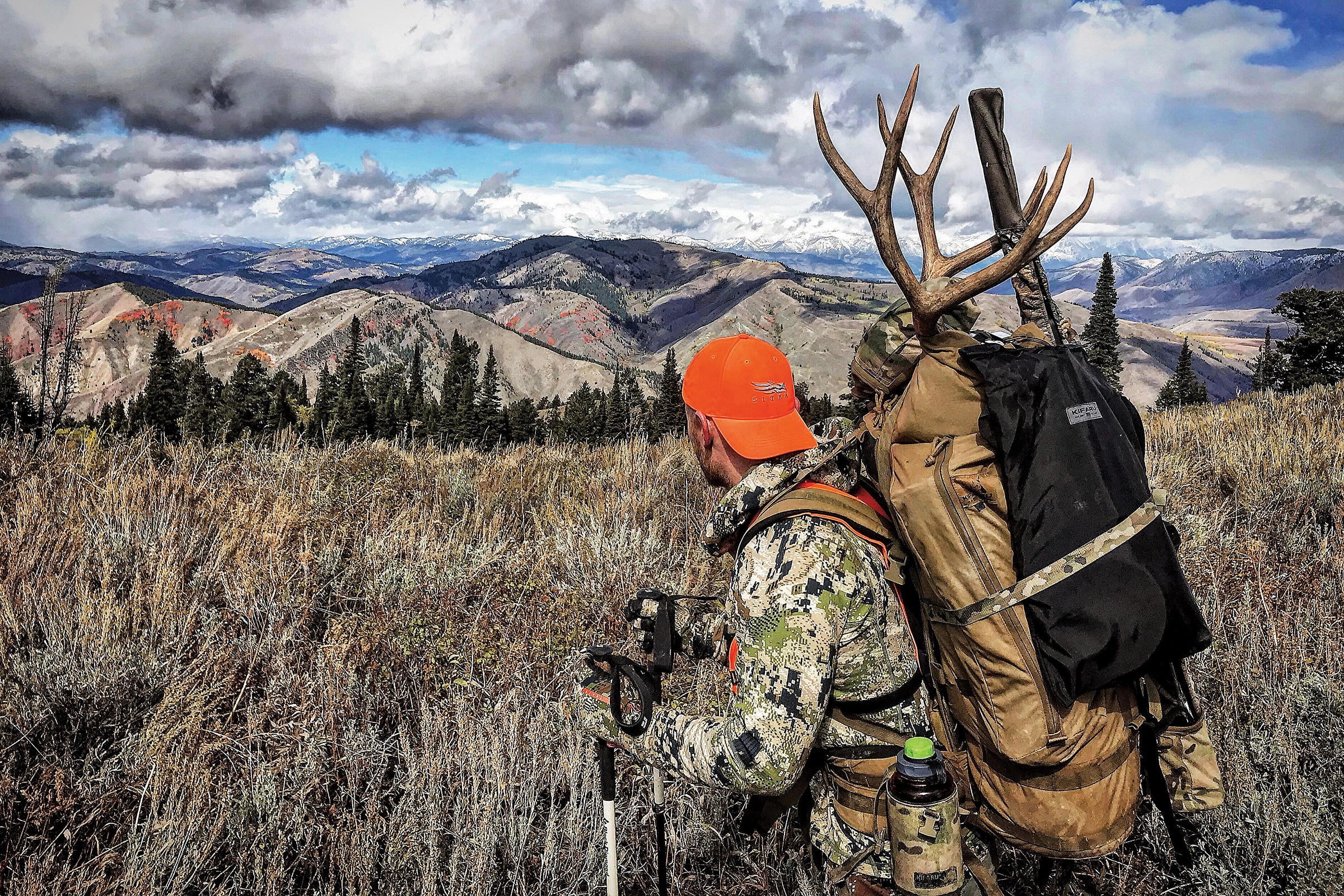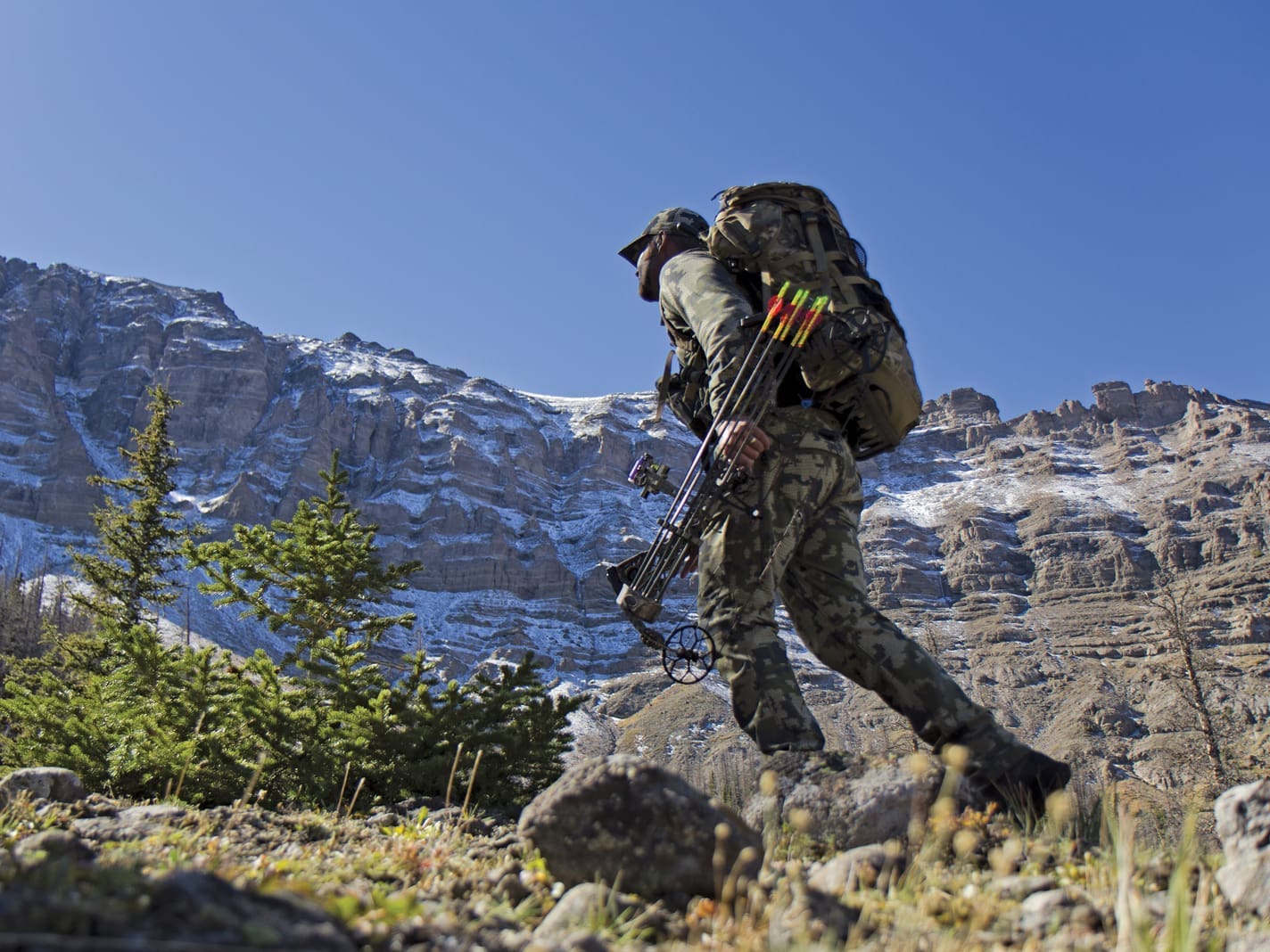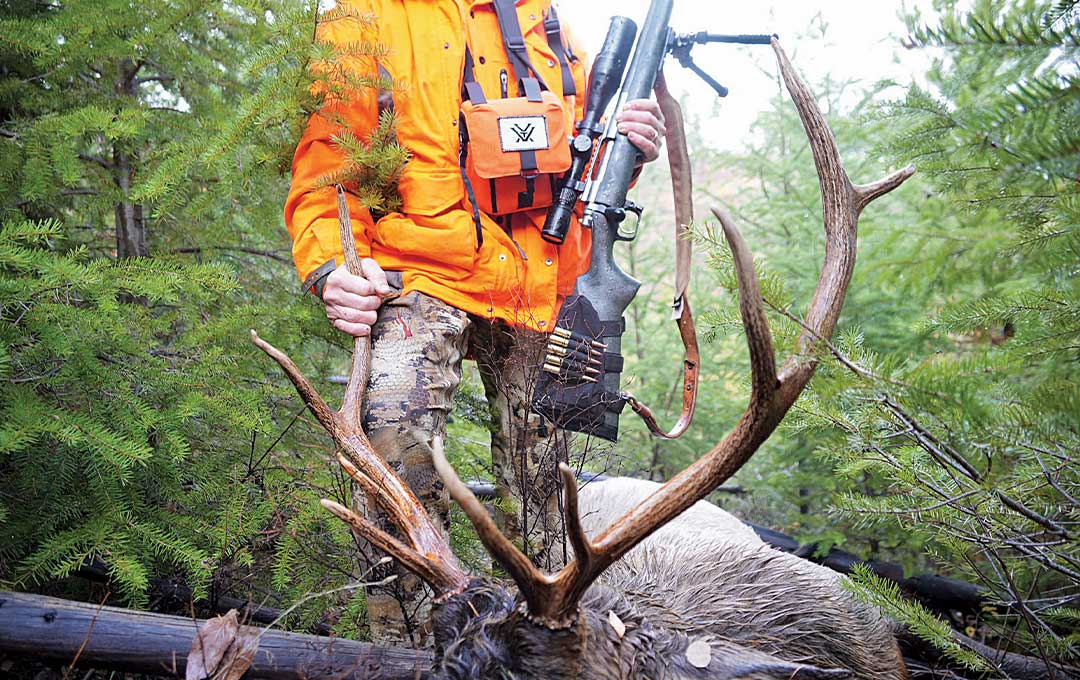NOTICE: Certain links on this post may earn a commission for Western Hunter Magazine from Amazon or our other affiliate partners when you make a purchase. Thank you for your support.
Bowhunting Mule Deer Above Timberline
Bowhunting mule deer above timberline has become very popular over the last few years. More and more adventurous archers have discovered that matching wits with a velvet-clad mule deer at elevations only a mountain goat should love is very rewarding. It provides a place to hunt that has withstood modernization and easy human encroachment while providing solitude in an untamed wildness. It’s as close to Mule Deer Heaven you can get.
Habitat to Look For
Alpine areas in the Rockies are great summer range for mule deer. As such, most early bowhunting mule deer seasons run during this timeframe (mid-August to mid-September). Once the snow levels begin to melt, high country mule deer will generally follow the snow line up to altitudes more suited for sheep and goats. The elevation in these ranges can vary from 9,000’ to 13,500’ above sea level, depending on which region of the Rockies you’re in.
At first glance, the high country will often resemble Alaska, with alpine-like tundra vegetation that grows no higher than your ankle near 12,000 feet. An occasional grove of Krummholz may be present, signifying an ecological struggle in an elevation not suited for tree life. But what also grows is alpine willow - the main food source during late summer. I can’t count how many times I’ve glassed mule deer above timberline feeding on willow patches in some of the most beautiful, rugged country God ever created.
Alpine willow is a preferred food source for mule deer above timberline. I’ve seen it grow from knee-high to over six feet in some ranges. I’ve seen bucks feed and bed in the same patch, never leaving. These dense patches are difficult to navigate, not to mention shoot through. Many a big mule deer has survived by living in them.
Steep rocky chutes and cliffs are generally found near the top of this range (12,550-13,500’). While this environment is often void of mule deer forage, bucks will sometimes bed here to avoid predators, including bowhunters. In my experience, nothing is too steep for a mule deer. There’s an old saying that still holds true: “If you want to kill a big mule deer, go sheep hunting.”
How to Research an Area
Technology has made researching an area much easier than the old days. Google Earth and other satellite imaging programs can provide info on how the country looks. However, there is much to be done prior to this, in my opinion. While an entire article could be written on this subject alone, here are a few things I do when researching a new area.
Look at the record books/publications. One of the best ways to research new potential areas is to become a member of the Pope & Young Club and Boone & Crockett Club. These magazines provide quite a bit of info. Each new entry listed gives the final score, state, county, and date it was taken. Additionally, you can receive study the newest Awards book to see where trophies are coming from. You may realize that a certain county in a specific state is consistently producing trophy-class mule deer.
I don’t stop with just the national Clubs (P&Y and B&C); I also order each state’s respective record book. I’ve found the info provided is often more detailed.
Study the regs. Once I’ve the above info, I’ll dig deeper and look at that state’s respective hunts offered. If there is an early-season above-timberline rifle hunt offered, I’ll mark those areas as potential units to check for archery. By studying the success rates for the rifle hunts, I’ll often get a clearer picture. I don’t focus too much on bowhunting mule deer success rates, as they generally run low anyway. However, if a rifle hunt only has a 9% success rate, generally that tells me it may be a difficult archery hunt.
Get online. Once I’ve narrowed my search to a specific unit, I use online satellite programs (Google Earth, etc.) to see the lay of the land. I start looking for large drainages and bowls above timberline that are away from managed trails and roads. It’s difficult to truly see alpine willow, but what I do see will often tell me if it’s the type of environment a mule deer may summer in.
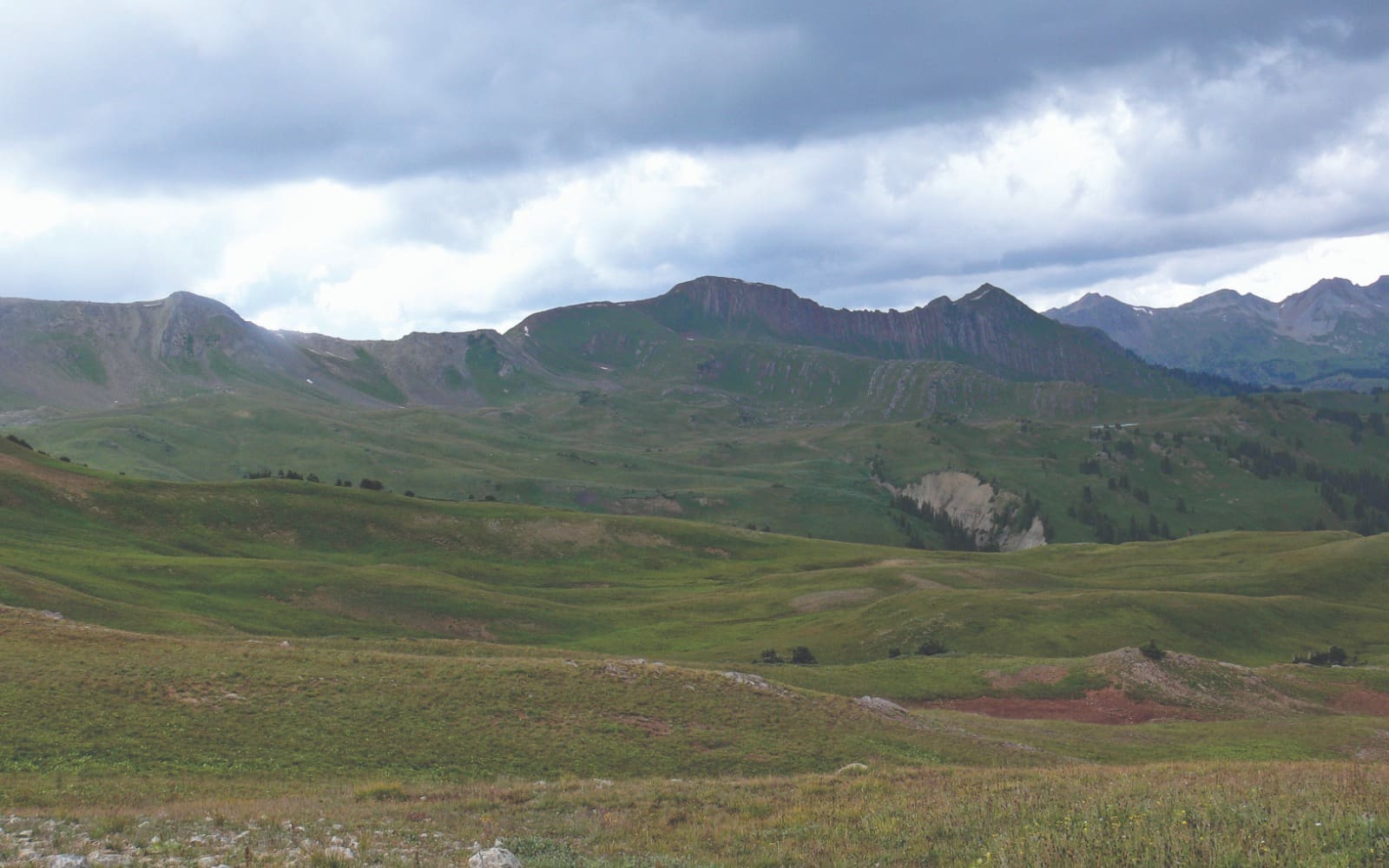
Reach out. After reviewing all this data, I might call guides, scouting services, taxidermists, fellow P&Y members, or game managers who might know the area. I’ll have specific questions to ask and never generalize. Most folks are willing to provide more useful info to someone who has some knowledge of the unit rather than asking, “Where are all the bucks?”
One of my favorite tactics is to call foresters or trail crews who work in the area. Knowing that many of these folks are not fully supportive of hunting, I am careful how I word my questions.
Boots on the ground. While all this research can give you a good idea of what the area may hold, nothing beats boot leather to see for yourself. I try to do this long before my hunt to avoid backpacking into an area that ends up lacking deer. Alpine areas aren’t always full of bucks. Scout early to find pockets of deer and confirm your data before committing to an area. If scouting a month or two before the season isn’t practical, try to hike in a few days early and scout.
Physical Demands
While the high alpine country represents solitude and beauty, it’s not an adventure for the faint of heart. Some physical conditioning and preparedness is needed if you plan on hiking miles deep with all the daily essentials strapped on your back. While this is a topic in itself, I’ll just say here that you don’t need to be a triathlon qualifier to have a pleasurable hunt above timberline. Being in decent shape, having mental toughness, and eating and drinking correctly is usually all you need. However, the better shape you’re in, the better your hunt will go.
Backpacking Gear
There have been several other articles on what type of backpacking gear and food to bring. Nate Simmons and I have written several articles on this topic in prior issues of Western Hunter Magazine, so I won’t spend time rehashing this topic here. Just buy the best, lightest equipment you can afford while packing quality optics. You get what you pay for. Pack only the necessities and plan your meals correctly and you should be able to keep your pack weight under 55 lbs. for a seven-day hunt.
Picking a Campsite
When I look for a campsite on an alpine hunt, I usually look for a small patch of real estate that has some stunted alpine spruce or Krummholz, which is relatively flat, with a nearby water source. Usually, not always, I try and camp about ¼ mile from where I’ll be hunting. If I have to camp closer than that, I have a “quiet camp” where only whispering (if I have a partner) is allowed and no fire is started except my cookstove. This type of camp spot may be difficult to find; I’ve occasionally had to camp down at tree line to accomplish this. Just remember, if you camp lower down, you’ll be hiking uphill in the dark every morning.
Bowhunting Mule Deer Tactics
Mule deer use their incredible senses to survive in this area of little vegetation. However, where mule deer can see predators from long distances, a bowhunter can also glass them from that same distance.
Let them bed and look for spoilers. I seldom stalk mule deer when they’re feeding. It’s not impossible, but it will usually result in failure long before you get within bow range, as deer are generally more alert while feeding. Instead, I’ll find a good vantage point before daylight and set up a quality tripod and spotting scope. I’ll usually glass several bucks during the morning hours and watch them until they bed during the mid-morning hours. Once I’ve spotted a buck I want, I’ll monitor him. In the high country, it’s not uncommon for a buck to get up after an hour or so, feed for a bit, and re-bed a short distance away for the rest of the afternoon.
Providing the buck is in a good position and no other “spoiler” deer are around to alert him, I’ll begin my stalk. If there are other spoiler bucks or the buck I want isn’t in a good location, I’ll simply let him go until the next day. This is hard, but in this type of range, if you spook a big buck, he may never return. I’ve fallen victim to this before and have learned the hard way.
The wind; always the wind. When planning my stalk, understanding wind thermals in broken terrain is extremely important, as human smells are uncommon here. I prefer to stalk bedded mule deer from above, as they will usually detect movement from below. While predicting thermal wind change is virtually impossible, understanding that warm air rises and cooler air will flow down is crucial. Shaded hillsides will often have cooler air that will blow downhill. A wind detector (smoke in a bottle) is a good item to have once you are closing in. It also helps you to continually monitor the slightest breeze and adjust accordingly.
The final 150. Once I’ve chosen my route and marked in my head where the buck is bedded, I try and get within 150 yards or so. Then I take my boots and pack off and pull on some wool socks over my boot socks. This helps quiet my approach and forces me to slow down. I don’t recommend over-boots like Bears Feet or Cat Paws in this type of terrain, as the country is steep and footing is crucial for both noise and safety. With this in mind, marking your pack and boots with flagging tape or toilet paper is a good idea. I grew tired of searching for them for hours one year and vowed to never leave them unmarked again.
If you have a hunting partner, hand signals work well when stalking mule deer above timberline. In the open country, it’s usually easier to keep track of each other and see the hand signals using your binoculars. Going over simple hand signals and using them as communication can save a lot of time and effort while stalking.
Mental checklist. Once I stalk into the deer’s bedroom (less than 40 yards), I slow to a snail’s pace and monitor the deer’s behavior. I may wait for him to get up on his own depending on the cover and specifics. Now I start a mental checklist of what I need to do to make the shot. Knowing the range, having an arrow nocked, and being in the right position to shoot is very important, as movement needs to be minimal when the deer stands. This may take a few hours, so be prepared and hope the wind stays true.
Ambush? On occasion, bowhunters have been able to pattern some bucks in their alpine range. Some ranges have small clusters of stunted trees or rocks where deer frequently bed. If you can get into this bedding area undetected, while ensuring your scent won’t spook the approaching deer, you can increase your odds of a close-range shot by simply ambushing the deer.
Patience is the key to stalking. Knowing when to move slow and fast is something learned each time you complete or attempt a stalk.
Conclusion
Bowhunting mule deer above timberline is one of the most demanding and rewarding hunts a bowhunter can endure. Knowing where to go, what habitat they prefer, and how to hunt them is crucial for success. While it may not be for everyone, it’s one of my favorite ways to chase mule deer. Hunting in a truly wild and untamed wilderness will challenge even the most seasoned and hardcore bowhunter.

